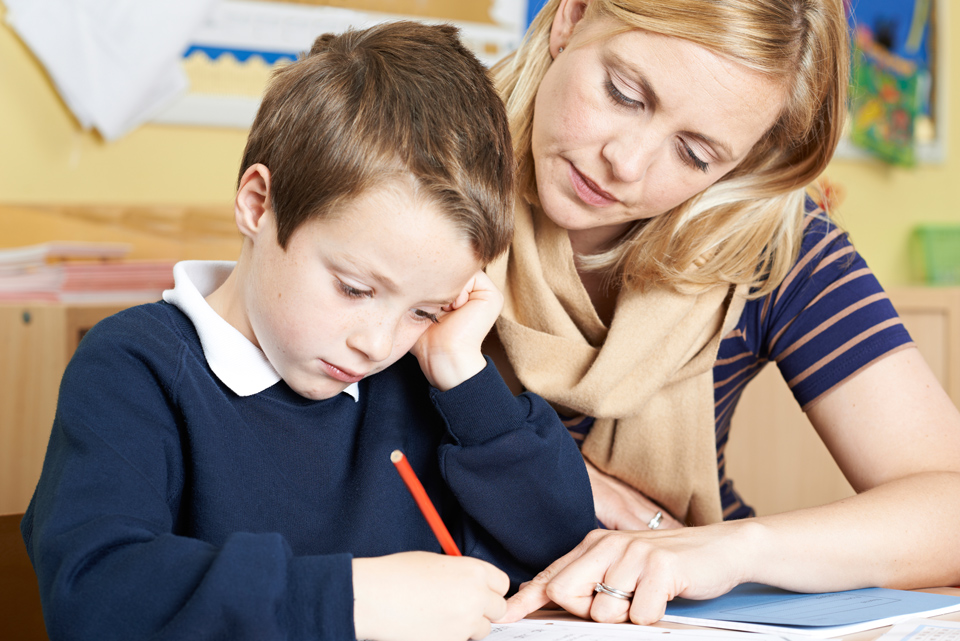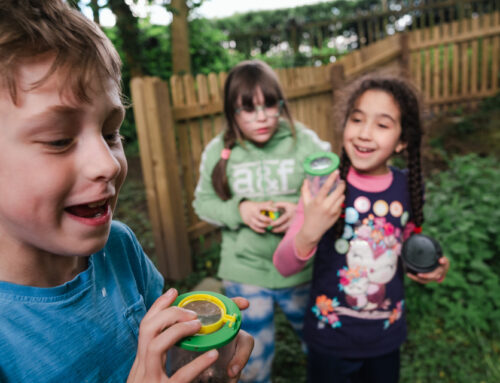In this occasional series by Paediatric Occupational Therapist Mariza Ferreira, we consider some of the sensory, motor coordination and emotional regulatory issues which could be affecting children with high learning potential.
Dear Teacher,
I am excited to be writing to you again, this time about how you can help THAT child who struggles significantly with handwriting.
In my occupational therapy practice, probably half of the children I treat at any one time, have handwriting difficulties. Two characteristic they almost all share, are noticeably low confidence and self-esteem because their handwriting is ‘poor’, and an intense desire and motivation to improve their handwriting to the point where:
- Their teachers can read their writing
- They can keep up with their peers
- They can start getting their thoughts on paper and…
- They can stop being the only child in their class who does not yet have a pen licence!
No child I have ever come across chooses to have poor or bad handwriting on purpose, and it is important to understand that their handwriting is not the way it is because of a lack of trying. In fact, by the time these children reach me, they have often had lots of extra handwriting tutoring and additional practice with little to show for it.
These children have a fundamental need to ‘fit in’ and ‘be good’, i.e. to have legible and fast handwriting. So if you come across a child who is refusing to write, who is writing too slow, or keeping up but whose work looks like a dog’s dinner, then you need to hear the figurative alarm bells that they are actually asking for help.
Handwriting is probably one of the most difficult tasks a child has to engage in at school. It is the end product of various abilities and relies on good motor processing such as postural control, eye movement and hand strength; good sensory processing such as correctly judging how hard to grip a pencil and press down on paper; good visual perceptual skills such as recognising a letter regardless of its size; and good motor planning (praxis) to cope with the different small hand movements needed to form different letters.
Compositional writing, as opposed to copying text such as from the whiteboard, places even higher demands on a child. This is because the working memory available for compositional writing has to be ‘shared’ among a child’s ability to use words, sentences and paragraphs (translation), the ability to plan and review the writing (executive functioning), and the child’s ability to spell words and physically write it down (transcription).
You can imagine, if a child struggles with one or more of the “background” and “actual” handwriting skills I have mentioned above, that handwriting will suffer in some way or form. While recognising and treating any of these difficulties are often the job of an Occupational Therapist, there are a lot of things teachers CAN do to help, especially those of you who are teaching our little ones how to write. For the sake of being succinct in this blog, I will share my top two tips. I realise the first one may seem insignificant, and the second one controversial. However, after years of helping children, I am fully convinced of their importance as proactive measures to reduce the severity of the handwriting difficulties children experience.
Top Tip One
Make sure that the table and chair are suitable for the child’s height, in order for them to obtain and maintain a stable seated posture for writing. Postural stability, in other words the ability to ‘control your body against gravity’, is the body’s second highest priority after breathing. Whilst most children can cope with tables and chairs which do not fit them ideally, this can be a real problem for children with handwriting difficulties. They are working so hard to stay upright that there is little energy left for actual handwriting!
As a guide, when seated at a table, a child should be positioned with his or her feet flat on the floor, and with the chair being of the correct height to allow 90-degree angles at the child’s ankles, knees and hips. Furthermore, the table surface should be approximately 5cm higher than the child’s forearm, when the child’s arm is bent 90 degrees at the elbow.
I am fully aware that when it comes to school furniture, it is a ‘one size fits all’ scenario. But you can be very creative with old books under a child’s feet or using an adjustable bath step (https://www.completecareshop.co.uk/bathroom-aids/bath-steps/adjustable-bath-step) for the shorter children, or raising the writing surface with a writing slope or similar (https://www.sensorydirect.com/writing-slope) for the taller children.
Top Tip Two
When teaching children to write, it is crucial that you teach letter formation in its purest or most basic form (print), and not by starting all the letters from the writing line (cursive). This is because of the immense impact letter formation has on letter joining. For example, a child who is asked to write the word ‘dog’, and who has learnt to start a ‘g’ at the top right corner (purest form), should easily be able to join the ‘d’ diagonally to ‘o’, and the ‘o’ horizontally to ‘g’. In contrast, when a child has been taught to start all letters on the writing line with a diagonal stroke (cursive), he will be able to easily join the ‘d’ diagonally to ‘o’, but he will likely want to return to the writing line after ending the letter ‘o’, in preparation for forming the ‘g’ with its introductory diagonal stroke.
Although some children have minimal difficulty in relearning the motor patterns of letters when starting to do joined up handwriting, many children, especially children with motor planning difficulties and or Developmental Coordination Disorder (DCD), will have marked difficulty in relearning the new motor patterns. Writing, first and foremost, is a motor skill and not a visual skill. To prove my point, close your eyes and write your name on a piece of paper…
In my next blog we will look at how you can help THAT child who is constantly on the go.
Your specialist Paediatric Occupational Therapist
Mariza
For More Information
The following advice sheet for schools provides more information about handwriting difficulties and alternative ways to demonstrate learning.
Helpful information you can share with parents can be found in the following advice sheet and blog:
Mariza Ferreira is an independent specialist children’s Occupational Therapist, who runs The OT Company. Her motto is ‘Change The World One Child At A Time’. Mariza received the Above and Beyond Inspirational Therapist Award in 2019 for her work with children with high learning potential or dual or multiple exceptionality. Discover more about her online courses at https://the-ot-company-online-courses.teachable.com/ and find out more about Mariza in her blog One Occupational Therapist’s Journey into Dual or Multiple Exceptionality.






